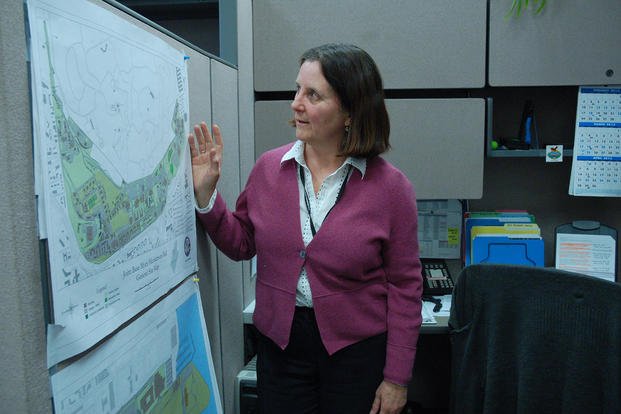At her last job, Mary, a Boston-based client relations director who prefers not to use her real name, was earning a lot of money, getting rave reviews and building a great resume full of accomplishments and promotions.
Great, right? Sure, except for the fact that she'd been fantasizing about quitting her job for close to three years.
"The job ended up taking up way too much of my sense of self," Mary said. Fifteen years into her career, Mary resigned to figure out what happened to the career she envisioned for herself.
Mary is not alone. According to Maine-based career counselor Barbara Babkirk, many women end up feeling unfulfilled with their careers and seek change. The reason is that women too often set aside their priorities in the workplace, says Babkirk.
Taking a closer look at Mary's character and career path, you can see Babkirk's message rings true. Mary is energetic, assertive and charismatic -- traits that have served her well in the demanding positions she's held. Because she graduated during a recession, Mary didn't feel pressured to pursue a conventionally valued line of work out of college. Instead, she went abroad where she found fulfilling work teaching English as a second language.
"I think I was on a track that I should have been on," she said. The job suited her need for challenge, her desire to work with people, her love of travel and her desire to affect positive change.
For Mary, the struggles began when she returned home. She found work in a nonprofit and rose through the ranks to become acting executive director. Needing more challenges and a higher income, she switched to the for-profit world.
Internal shifts soon changed her job content significantly. Promotions brought her more responsibility, prestige and money, but they also changed her job even more. When a buyout sparked another internal reshuffling that would again alter her job --this time slating her for more solitary work -- she gave her notice.
How to Find Fulfillment
Babkirk has a method for helping women in Mary's situation. The first step is getting to the root of the discontent. When women complain of unhappiness at work, Babkirk finds that it's often due to a conflict in values, personality or both.
To help a client identify personality conflicts, Babkirk administers the Myers-Briggs test, a set of questions often used to help people find personally satisfying work and work styles.
Babkirk recalls a client with a successful career in IT who came to her not understanding why her job satisfaction was in decline. Through examination, Babkirk found that this client had been finding her intrinsic rewards through committee work that had been recently cut at her workplace.
If an upset client is doing work that's in line with her personality, Babkirk also tries to determine whether the workplace values are in line with the client's values. This was clearly a problem for Mary. Though the money and advancement were enviable, Mary reported a confusion of her sense of identity, at the end asking herself, "Where the hell do I fit, because I don't remember? I'm identifying with something I don't feel a part of, something I didn't choose."
Ill-fitting jobs -- ones that don't mesh with personality and values -- are exacerbated by the burnout of modern life. "Women are pulled in many different directions," Babkirk said. "We hold so many roles and expectations and demands." Priorities often get lost in the shuffle, minimized or moved to the back burner.
Babkirk does an exercise with clients that starts with asking them their three top priorities. She finds that answers come quickly; people know what is important to them. Then she asks clients whether their work addresses those priorities. Though the exercise is simple, it can make the client feel like she's been standing in a dark room with her hand on a light pull.
The next hurdle is convincing women that they can find better work.
"A lot of people are in a nose-to-the-grindstone way of life and don't have the time and opportunity to see what's really out there," Babkirk said.
They come to her too willing to compromise, then find that their compromise is actually the source of their unhappiness.
As if under Babkirk's tutelage, Mary employed many of the career coach's techniques. During her job search, she examined her priorities and personality accordingly. She cast a wide net in her search and turned down attractive offers that didn't fit.
After months of searching, Mary now has a new job in sales and marketing for a high-end home goods store, a job with lots of interaction that engages her interest in design. The pay is lower, but at the moment, she's willing to pay that price for fulfillment.
Want to Know More About the Military?
Be sure to get the latest news about the U.S. military, as well as critical info about how to join and all the benefits of service. Subscribe to Military.com and receive customized updates delivered straight to your inbox.











